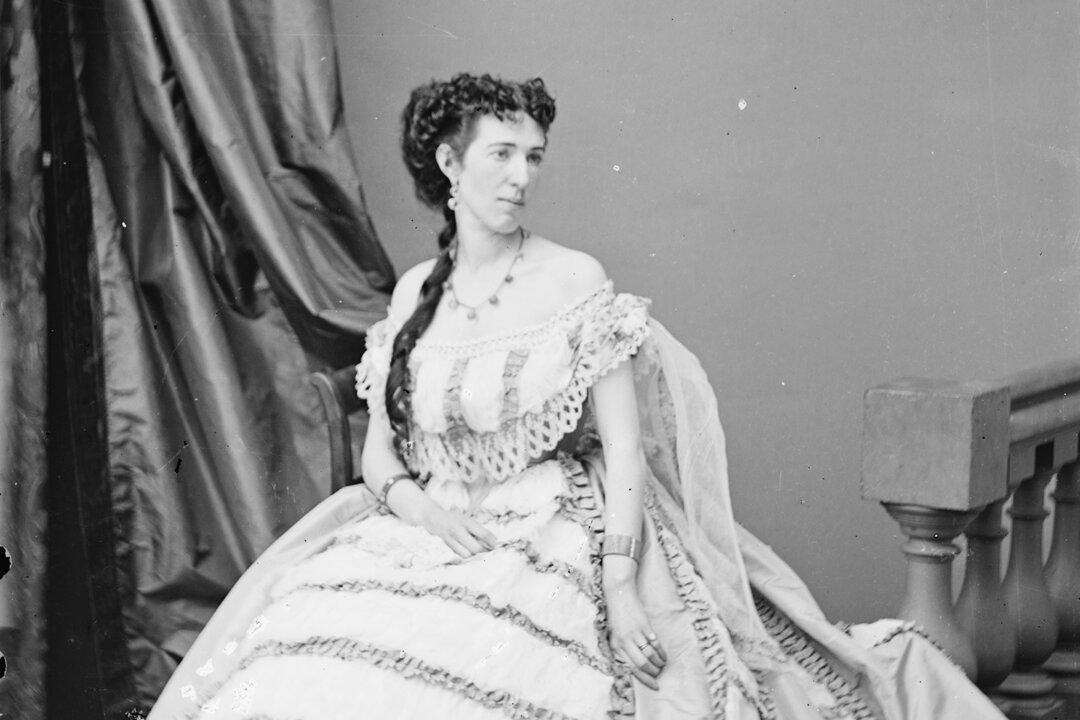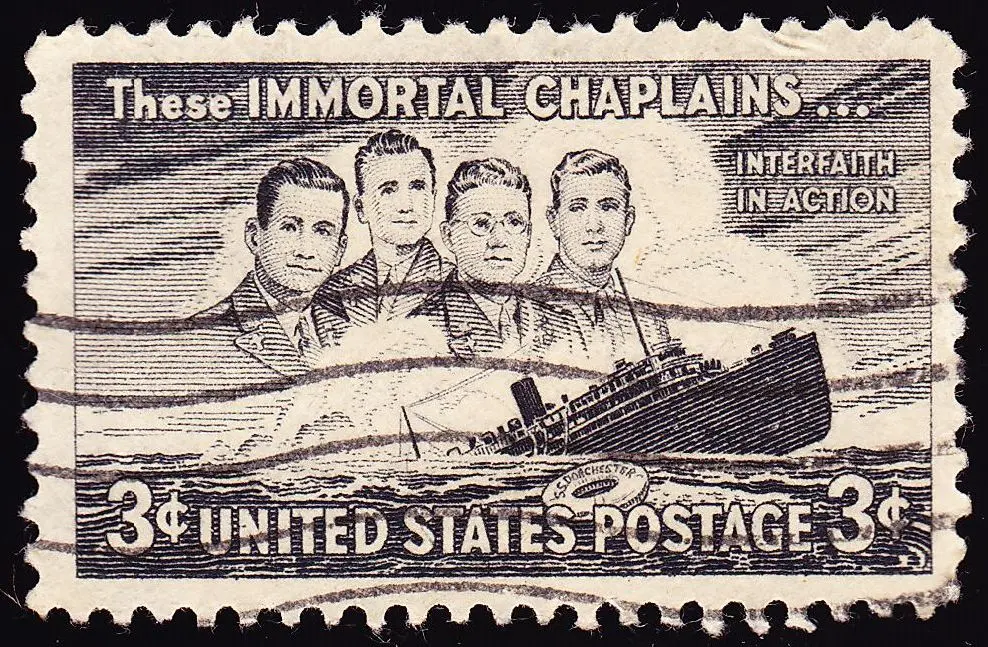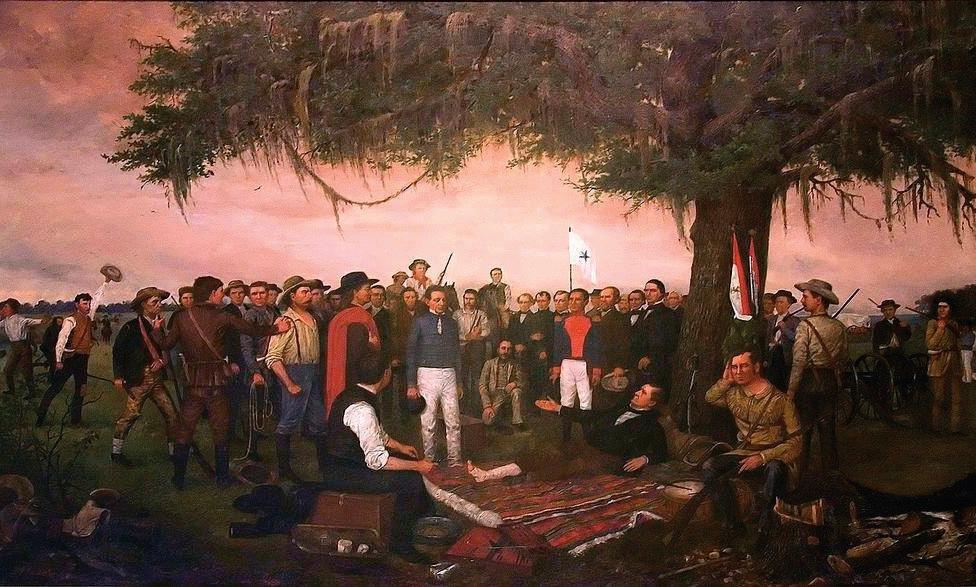Though the Civil War was only a few months old, the Fourth of July in 1861 found some soldiers in Martinsburg, Virginia, celebrating Independence Day.
As the day wore on, the celebration got out of hand, when undisciplined and drunken Union soldiers began abusing civilians and ransacking houses. Hearing of one home sympathetic to the South, they approached it and demanded entry. One of the soldiers, a “huge Dutchman,” a term then used to describe someone of German descent, roundly cursed the grandmother living there, and soldiers entered the house with the intent of raising an American flag over it.






